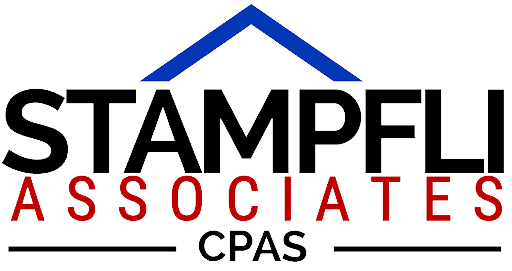Gather information from clients without triggering survey fatigue
To administer productive programs worthy of your not-for-profit’s budget, you need to determine whether they’re meeting clients’ needs. In general, the best way to assess this is by surveying participants. But survey fatigue — frustration or disinterest when asked to take yet another online survey or one that’s overly complicated or takes too long to complete — is a real and growing problem. Multiple studies have found that survey fatigue results in low response rates as well as inaccurate or low-quality responses from those who do complete them. Survey participants may doubt that your organization will even review their responses or make meaningful changes based on them. Given such challenges, how can you effectively gather client opinions?
Go “old school”
Each encounter with a client is an opportunity to solicit feedback. So while you’ll want to include online surveys with your email newsletters and request feedback on your website and social media platforms, don’t neglect “old school” techniques. Pull aside clients while working in the field or call them on the phone to ask how they’re doing and what, if anything, they’d change about your programs. When you receive verbal feedback, follow up in writing so you have a record of the conversation and can easily share it with others in your organization. Platforms such as Facebook and Instagram are free and likely frequent destinations for many of your clients. You can use their survey tools to regularly invite viewers to leave comments about your posts — or even ask them to recommend or write a review of your nonprofit. However, you should also provide an email address or SMS number for texts so that clients can contact you directly if they want to discuss issues in depth. Also keep in mind that, depending on the population you serve (for example, lower-income or elderly people), not all clients may have easy internet access or use social media accounts. You might want to offer them paper surveys, or even an old-fashioned suggestion box.
Show appreciation and act
Thank your clients for every communication and, when possible, let them know how you’re using their feedback to address shortcomings and make improvements. In some cases, you may want to schedule one-on-one meetings or focus groups where you can discuss plans in greater detail and let clients know how valuable they are to the decision-making process. Also, be sure to follow up on any problems surveys unearth. For example, if clients complain about staffers acting unprofessionally or hint at potential legal issues (such as fraud or discrimination), investigate and address those issues immediately. You should also consult your nonprofit’s attorney if surveys uncover any potential legal problems.
Deliver superior outcomes
Ultimately, gathering meaningful feedback from clients and acting on it allows you to fund programs that deliver superior outcomes. Online surveys can be useful, but keep in mind that you may get better and more insightful feedback by talking to clients one-on-one. Contact us if you have questions about budgeting and spending. © 2024

